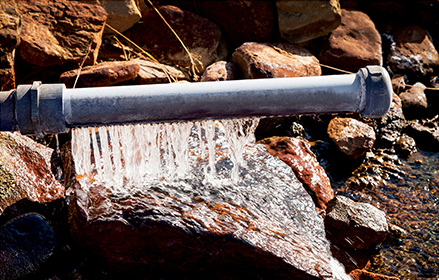What are biodegradable lubricants?
There are two ways to describe biodegradable lubricants: inherently biodegradable and readily biodegradable.
Inherently biodegradable lubricants biodegrade by more than 20 percent in 28 days. Most mineral oil-based lubricants – up to ISO VG 320 – can meet this criterion.
Readily biodegradable lubricants biodegrade by more than 60 percent in 28 days, which excludes most mineral oils.
There are also non-bioaccumulating products, meaning the lubricant does not contain heavy metals such as zinc. Bioaccumulating materials do not pass through an organism as waste, and therefore accumulate within the organism.
Mobil offers several environmentally acceptable lubricants (EAL) that are readily biodegradable, including the Mobil EAL Envirosyn™ H Series and Mobil EAL Arctic™ series. Also, for low aquatic toxicity, users can select a zinc-free product like Mobil DTE 10 Excel™ Series oils.
For more information, please read Lubricant Biodegradability Testing and Why It Is Important



